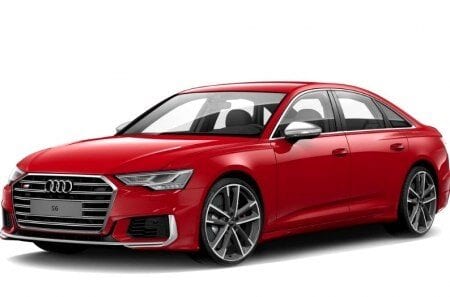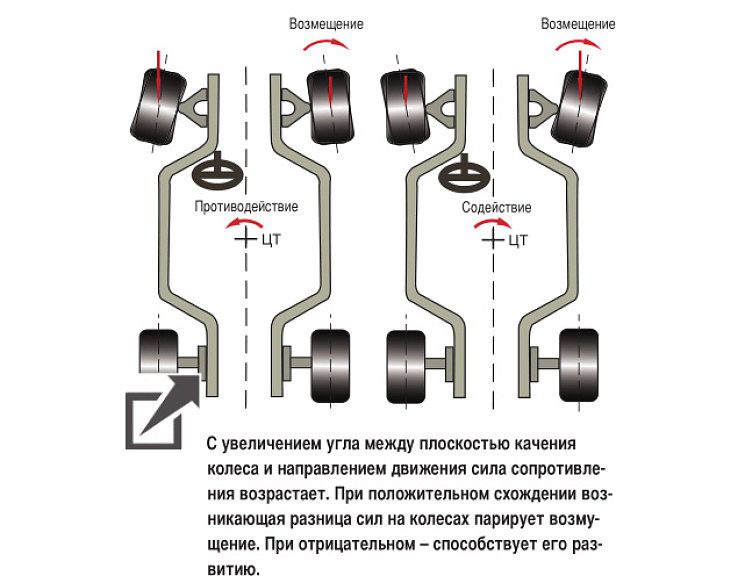
Factors / Variables Contributing to Suspension Comfort
Content
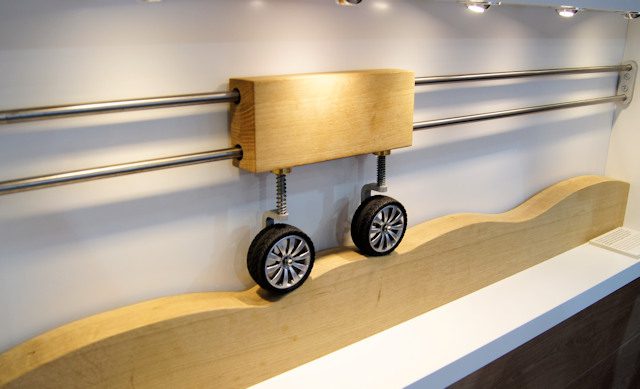
Suspension comfort may seem like a pretty straightforward variable, but it actually includes more details than you might imagine. So let's look at as many parameters as possible related to the comfort of a car's suspension, with those that tend to improve it and others that tend to degrade it.
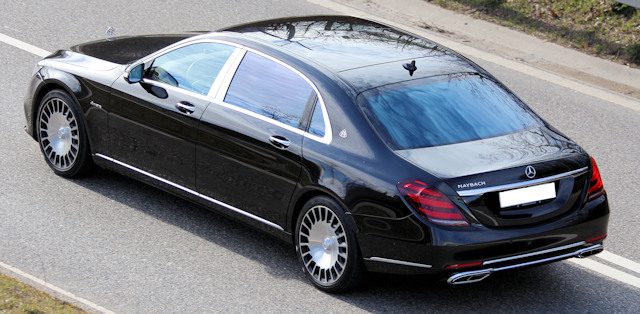
Suspension

Suspension is obviously the first criterion we think of, so coil springs in most cases. The more flexible and longer they are, the smoother the suspended masses will react to the bumps and chaos of the road. Short springs, on the other hand, are designed to improve handling by limiting excessive step.
There are other systems such as torsion bar and leaf springs, but these negatives are less convincing for springs.
Please note that the best system remains the air suspension, designed to replace the metal torsion bar with airbags. The car is then suspended with air encased in rubber tubes because, unlike liquids, gases are easily compressible, allowing for a flexible suspension (it would take hundreds of tons to compress a liquid, this is not suitable for our “”). ant scales. And besides, we even take into account this rule in mechanics: the gas is compressed, not the liquid. In fact, this is not true in physics either, but on our scale it can again be considered true, since an extraordinary force is required to compress a liquid).
The air suspension will also be more or less rigid depending on the pressure that prevails in the tubes. Thus, by increasing the latter, we get stiffness (and, as a rule, this increases the height and ground clearance of the car). There is also a system that consists in connecting "air chambers" to the circuit, the more we close (hence, the more we isolate them from the rest of the air circuit), the more we get hardness (we do not change the pressure here, but the volume in which contains air, the less it is, the more difficult it is to compress it). This is how the Sport mode works on such a suspension (although there are manned dampers as well. They are even the number one key to strengthening the suspension).
Shock absorbers
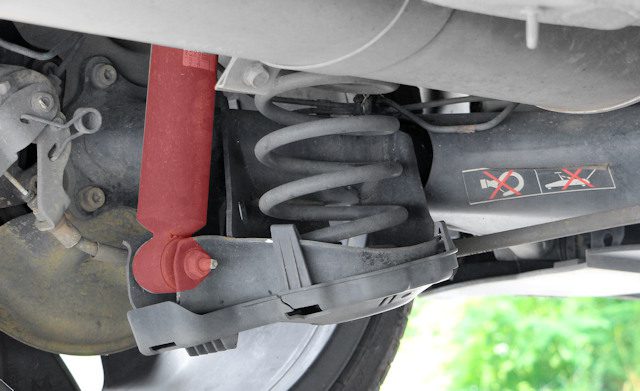
They limit the travel speed of the suspension. The stiffer they are, the less tolerant of vertical deflection. Thus, the liquid passes from one container to another (above and below the shock absorber). The larger the holes, the easier it is to pump oil from one chamber to another, the easier it is to transfer, the less the stroke is inhibited, and the smoother the shock absorbers react to uneven road surfaces.
The shock absorbers can also be controlled electronically (optional on some vehicles). Therefore, it is necessary to find a system that will regulate the ease of passage of oil from one chamber to another.
Also note that the viscosity of the oil in the shock absorbers can alter their response. Therefore, worn shock absorbers will have a thinner oil, which will make them less rigid (however, we will gain in comfort at the expense of safety). The same with regard to temperature, even if the phenomenon is a little anecdotal: in cold weather, the shock absorbers are potentially "harder" than in hot weather. So don't be surprised if your car gets a little softer in the summer!
Wheelbase / Seat Location
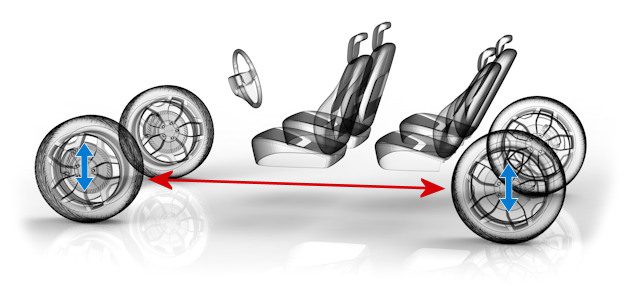
Wheelbase and seat placement also play a big role in comfort. In general, the farther you are from the undercarriage, the less jolt you will feel. Thus, the large wheelbase contributes to this, since in this case we are potentially positioned further from the chassis. The worst is to sit directly over the wheels (which is often the case in the rear seats of small cars, where there is potentially more discomfort), then you will find yourself in the place that moves the wheels vertically the most.
Body stiffness
It may sound contradictory, but chassis rigidity contributes to comfort. Indeed, the vibrations received by the chassis are much less transmitted to the rest of the vehicle when the latter is stiff enough. Otherwise, the shock will vibrate the entire body, which can result in more noise from furniture. And then these vibrations pass through us, which is not very pleasant.
Citroën's Advanced Comfort program also takes this into account by modifying and improving the welds associated with the hull frame structure.
Wheels / tires

This is a classic, obviously the tires play a very important role. And here, above all, the thickness of the sidewalls is important (and inflation, of course, but this is obvious, and you guessed it yourself), even if you also have to take into account the width (the wider it is), the more air there is (the more air, the greater the effect suspension from the tire side because more air can be compressed).
Thus, it is the second number to be found on the tire dimensions. Example: 205/55 R16. Therefore, we are interested in 55 years here. Unfortunately, this is not an absolute value, but a percentage linked to the first number. Here the sidewall height = (205 X 0.55) cm.
Below 12 cm, we can say that he begins to gain.
Note that tires will harden while driving (except when inflated with nitrogen) as the air (20% oxygen + nitrogen) expands due to the presence of oxygen. So, potentially, the car gets steeper and steeper as you drive (you can easily go from 2.2 bar to 2.6 bar).
Finally, the softness of the rubber also affects comfort when it comes to low profile tires (this is much less noticeable on tires with thick sidewalls).
Axis type
Not all axes are created equal, there are simplified and inexpensive versions as well as improved and more complex versions. Simply put, a torsion or semi-rigid axle can usually be improved (but not as much as leaf springs! It's really simple!). The ideal is at the level of multi-link and double wishbones (with or without an offset pivot, who cares) and this is what systematically equips premium and XNUMXxXNUMX vehicles (then the rear axle must be able to handle engine torque, so it should be sharper). French cars, sometimes even premium (pseudo) ones, are mostly equipped with semi-rigid axles.

Anti-roll bar

The anti-roll bar is an essential device on multi-link axles for driving a vehicle (hence potentially one or two per vehicle). Basically, it is about creating a connection between the left and right wheels of the car so that they maintain consistency in their kinematics. The more we tighten the latter, the more dry suspension reactions we will have, which is also the preferred parameter for high-performance cars. Unfortunately, we are losing comfort ...
Luxury cars that need oil and money have found a solution: to offer active anti-roll bars that relax in a straight line and contract when cornering. On the 3008 I (and unfortunately not on the 2), a mechanical system (Dynamic Rolling Control) was present on the higher versions in order to give the same result (relax on a straight line and turn gently).
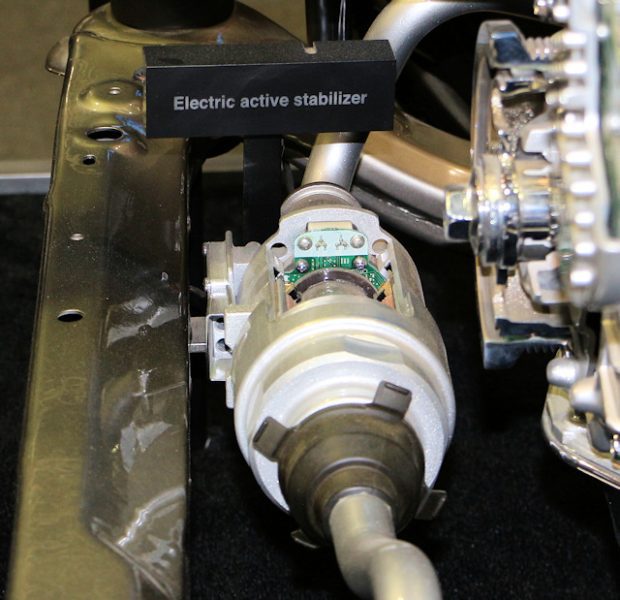
Forecasting system
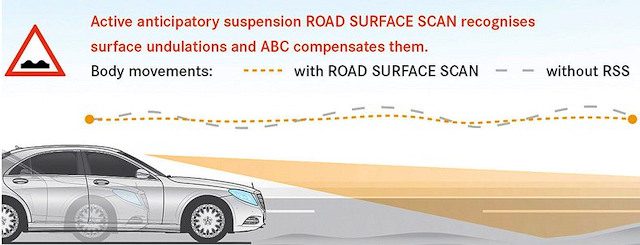
Premium brands also have camera systems that read the road ahead of time to know what flaws will be addressed. The system then adapts everything it can control to reduce the effects: mainly controlled damping (possibly air suspension and active anti-roll bars).
Vehicle type

Suspension / shock settings also differ depending on the vehicle type. And there are advantages and disadvantages in each case, and the outcome will generally depend on the specs / what the vehicle project manager (basically a decision maker) wants. On an SUV / 4X4, we will have more travel options, so it is comfortable here. However, there is one catch ... When you get into a car with large deflections, you cannot afford a suspension that is too flexible, because in this case the car will lean too much into the corner (roll / pitch). In this case, it is quite common for the settings to get a little tighter ... However, on a Range Rover the stiffness remains very moderate and the car tends to sag in corners, with comfort being the priority ...
Finally, weight is also important, the heavier the car, the more theoretically you have to tighten the suspension. But on the other hand, this excessive weight causes significant inertia, which makes it difficult to move the body vertically. So the car is potentially moving less (which suggests that less movement means more comfort), or rather, the spring will fall harder than push the chassis up.
This is a rather tricky area and the result depends on many settings (suspension, shock absorbers, anti-roll bars, etc.).
All comments and reactions
Dernier comment posted:
Pachamama (Date: 2021, 03:17:08)
Hello Mr. Naudo,
Thanks so much for this excellent quality article.
As we browse this one, we realize that ultimately it is not easy to want to improve suspension comfort as there are so many different factors.
I would like to do something for my car (2016 Hyundai Tucson TLE 2.0L version 136 HP AWD). I really like this car and the only downsides I find are the lack of seat side material and the comfort of the suspension. I would like to improve this. The fact of replacing the original 19-inch part with a 17-inch one with suddenly fat tires improved the comfort partly. It's much smaller than an ass. On the other hand, what worries me is that the suspension does not erase road defects at all. Suddenly we feel the roughness of the road. On long trips it becomes uncomfortable. It pains me to admit it, but I almost prefer my wife's car (Peugeot 2008 from 2020), although dynamic, it absorbs road damage quite well.
So I didn't want to change the car or the suspension, which would probably cost me less. Do you think that with threaded suspensions we could get comfort because they are adjustable? Otherwise, I saw that KW offers a second line piloted suspension, but a priori not suitable for my model.
If you have any advice, I am all ears.
Merci encore,
Your
Il I. 2 reaction (s) to this comment:
- Administrator SITE ADMINISTRATOR (2021-03-18 10:39:25): Thanks a lot and I see that you know my name despite my relative discretion regarding my last name ;-)
As for the KW, for example, what I have on my BM, we can say that it is still pretty solid. The throttle allows a slightly less harsh attack (and increased reactivity of the dampers) on the micro-protrusions, but it remains stiff.
Basically you will need different dampers and springs, but this is still too complicated as it seems to me (you should find the ones that suit you, not necessarily the obvious ones) without forgetting that even changing everything to §A you can still be hungry for more. It is enough that the anti-roll bar is slightly "taut" so that the expected effects are less important than expected.
So changing the car seems like a possible solution and so it would be necessary to impress Citroën, the C5 Aircross should please you.
- Pachamama (2021-03-18 18:24:12): Thanks for your feedback. For your name, you put it in the comment just below ^^.
Indeed, replacing the suspension is not worth it. I will stay that way until I change to another car.
Thank you for information.
Your
(Your post will be visible under the comment after verification)
Write a comment
What is the MAIN reason you would buy an electric car?
